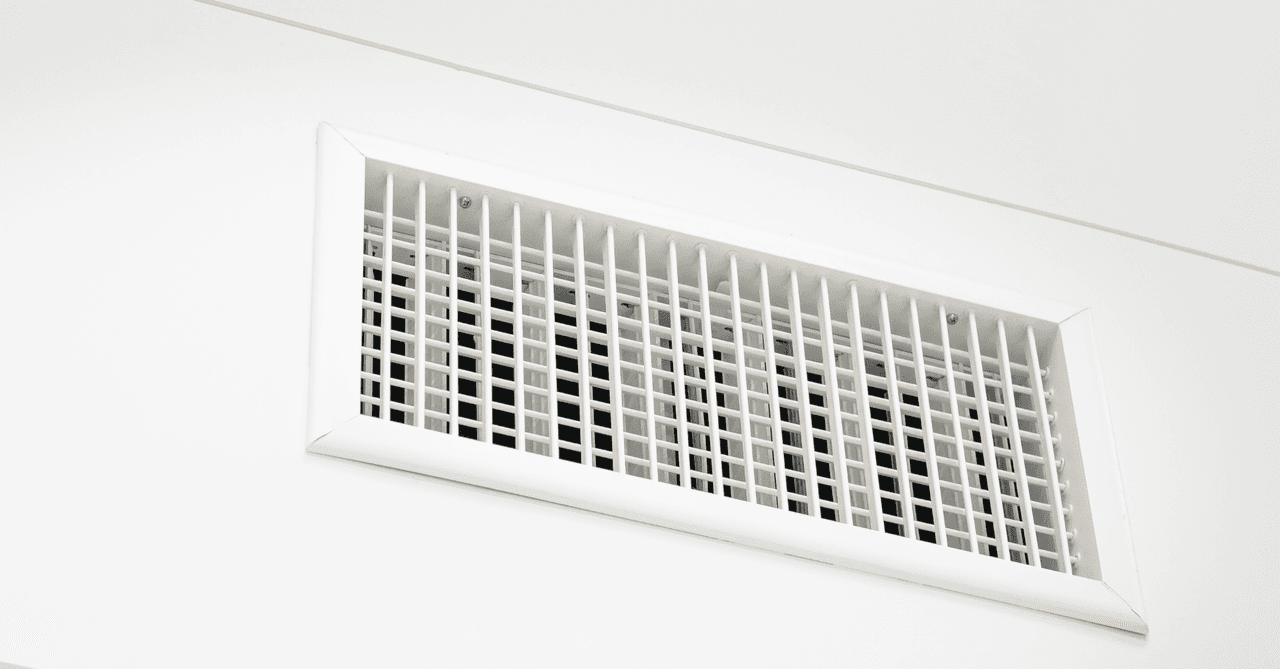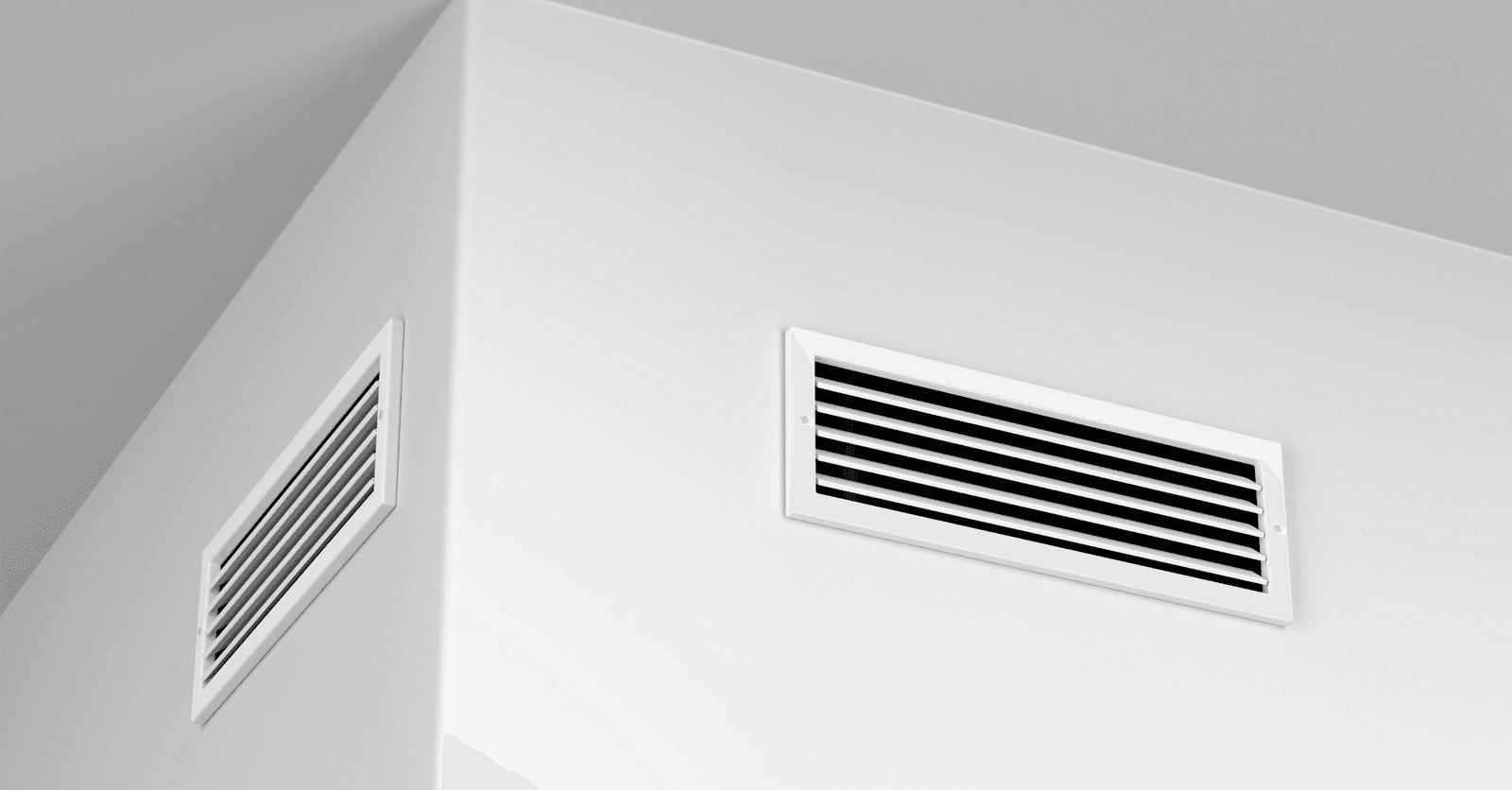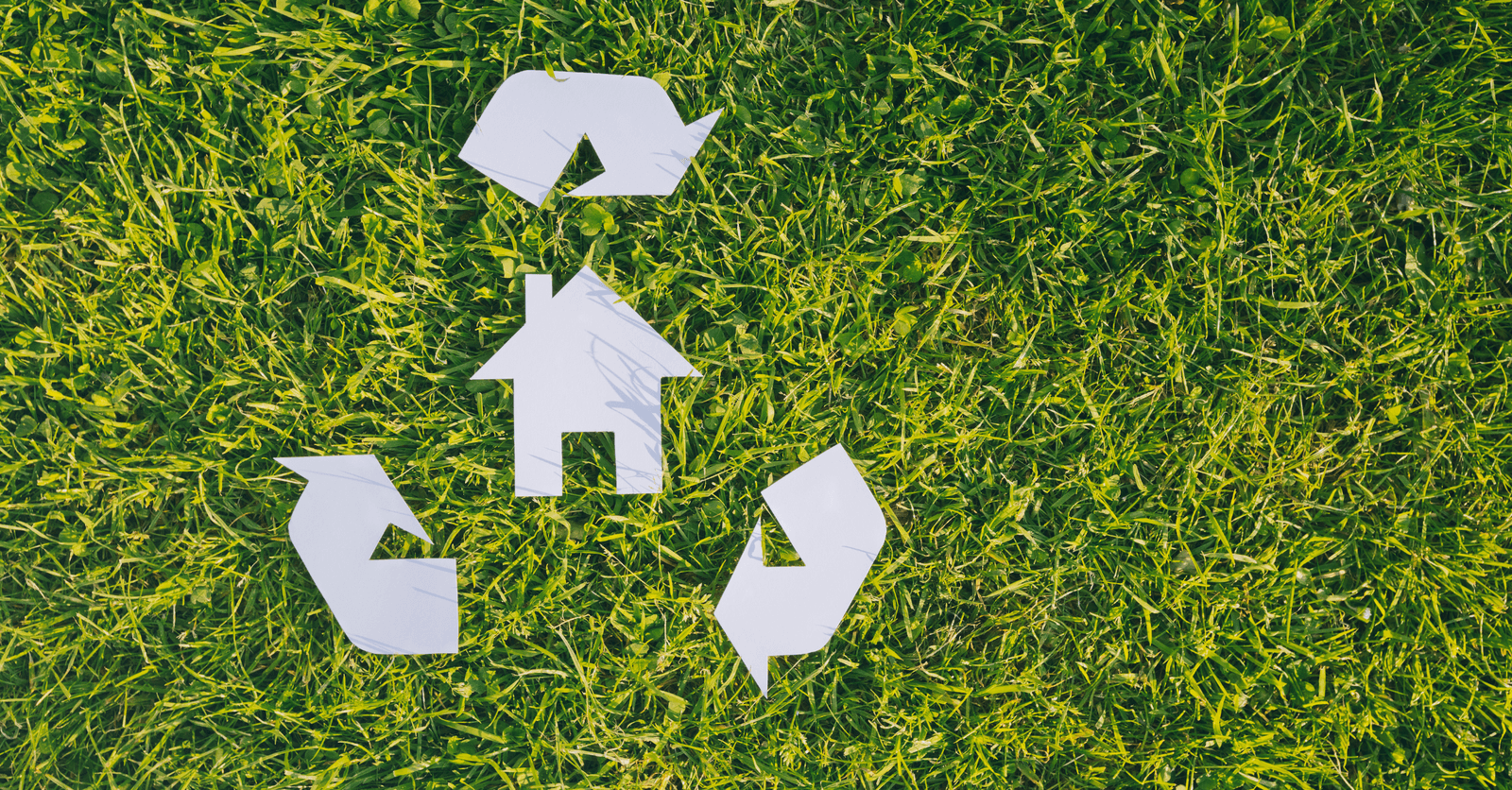The Efficiency of Natural Ventilation: What to Know
By Editorial Team
Updated on November 7, 2023

Natural ventilation, also known as passive ventilation, doesn’t require any other type of energy than natural forces. Evidently, when needed, a building’s natural ventilation can be mechanically ensured, courtesy of various CMV (controlled mechanical ventilation) systems. However, equipped with valuable tips, you’ll be able to use passive ventilation in an optimal fashion.
How to Create Natural Ventilation in a Home

Source: Canva
Natural ventilation is a very efficient way to ensure airflow from the inside of a home to the outside without CMV. It can be guaranteed by opening windows and doors, but also thanks to ventilation grilles, which ensure proper airflow. Chimneys and ventilation ducts can also be used to create natural ventilation.
What’s the Principle of Natural Ventilation?
Natural ventilation is a ventilation method that uses the motion of natural airflow within a space. This method is often used in homes or buildings to guarantee renewed air flow without using mechanical systems, such as fans or air conditioners. Natural ventilation is based on the difference in atmospheric pressure.
Said method relies on two techniques:
heat gain prevention;
modulation.
6 Key Architectural Elements to Master to Prevent Heat Gain
To manage a building’s heat gain, architects must consider the following 6 elements:
Sun control
Microclimate
Building’s shape
Thermal insulation
Behavioural patterns
Internal heat gain management
1. Sun control
This is the most important factor. Controlling solar irradiance on a building’s envelope is done by creating shade. The latter is ensured with:
opaque walls;
anti-heat window film;
vegetation.
Microclimate comes into play with the use of the last point.
2. Importance of microclimate
Microclimate affects the structure’s location. From the get-go, the latter must be taken into consideration when building a residence that’s not only adapted to the area’s climate but also the surrounding microclimate.
The goal here is, with respect to local standards, to gain control over the amount of solar irradiance and wind on a home’s structure. To achieve said goal, taking into account the surrounding vegetation is a prerequisite. In fact, the latter also impacts natural ventilation quality.
For example, a single, fully grown tree is capable of evaporating 1,460 litres of water over a 1-day period. This is consistent with a cooling strength of 870 MJ (megajoules). To give you a better idea of what that figure represents, note that an air conditioner uses between 1,500 and 2,500 W.h (Watts-hours); 870 MJ equates to 241,666 W.h. As such, passive ventilation begins in one’s yard.
3. Building’s shape
This point determines the exposure level to solar irradiance in indoor spaces. The home’s shape leads to heat gains or losses.
How, you ask? By playing off the surface’s square footage. Façades are in fact the point of entry between indoor and outdoor temperatures.
However, the home’s layout can also mean benefiting from transverse ventilation, meaning a fresh flow of outside air that travels through the home to expel stale, indoor air. In such a case, the entryways are positioned facing prevailing winds.
4. Thermal insulation
The architect’s goal is to reduce indoor heat during summertime while increasing it during wintertime.
5. Behavioural patterns
Featured in this category:
apparel;
physical activity;
living areas;
curtain use;
proper window opening;
etc.
All these habits directly affect the home’s ability to benefit from natural ventilation.
6. Heat management control
This mainly relates to using energy-efficient light bulbs, which emit very little heat, but also the use of other equipment.
By that logic, when considering installing natural ventilation in a home, one must take into account digital devices, such as computers and servers.
How to Modulate Heat Using Passive Ventilation
Heat modulation occurs by way of a building’s thermal mass. A structure absorbs outdoor heat, stores it throughout the day, and then redistributes it at night courtesy of:
ventilation;
radiation;
evaporation;
ground.
A building’s thermal mass relies on all materials with heat-absorbing abilities (walls, floors, partitions, etc.). As such, where there’s heat absorption, there’s also cool air absorption.
On this basis, heat modulation very much relies on weather conditions. However, a home can be cooled by ventilation at night. This is known as night cooling.
By definition, cool air is stored in a building’s thermal mass to only be released the following morning.
The gains derived from using this technique can amount to energy bill savings of up to 20%.
Pros and Cons of Natural Ventilation

Source: Canva
Natural ventilation is a natural cooling method that can be very efficient in homes and buildings. It most definitely yields numerous advantages, but a few drawbacks too.
The Advantages of Passive Building Ventilation
Motorless
Natural ventilation functions solely based on physics; it doesn’t require a motor, resulting in reduced energy consumption.
Low maintenance
Natural ventilation is a low-maintenance ventilation method. The ventilation grilles need to be dusted and cleaned.
A nearly penny-free solution
Albeit passive ventilation plays off air masses, keep in mind that purchasing exhaust vents is a must. Even though this solution isn’t entirely cost-free, in the grand scheme of things, it’s quite budget-friendly.
Simplicity
Without passive ventilation, you would have to resort to costly and complex ventilation methods, relying on heat recovery ventilation units or air supply ducts.
What Are the Drawbacks of Passive Ventilation?
Natural ventilation is just as temperamental as the weather
As we’ve already mentioned a few times: natural ventilation relies on air flow, and by default, the air’s temperature. To cool down a house during summertime, the temperature outside has to be cooler than the temperature inside the dwelling.
This can be far from reality, especially during heat waves.
A building’s ventilation speed can’t be controlled
With passive ventilation, you can’t simply turn a knob to slow down ventilation. The amount of airflow inside the home directly relies on the temperature difference.
As such, during summer evenings, when windows are open, one can resort to night cooling to cool down the various rooms in a home.
However, the problem is that during wintertime, night cooling will allow cold air to seep into the house, thereby creating significant heat losses, which is rather a rude awakening given our harsh winters.
Humidity distribution
When pressure between the inside and outside is balanced, as is often the case during summertime, the heat generated from humid areas flows throughout the home. As such, humid air is sent into the rest of the home.
Pollution
The constant air flow coming in from outside doesn’t only expel stale air from inside. In urban areas, it also means allowing polluted air inside.
What About Fan-Assisted Natural Ventilation?

Source: Canva
The ideal system is one that can limit nature’s temperamentalities as much as possible. When it comes to fan-assisted natural ventilation, several CMV systems are battling it out:
heat recovery ventilation (MHRV);
air supply ventilation;
humidity-controlled ventilation;
thermodynamic heat recovery ventilation.
Heat Recovery Ventilation (MHRV)
This is an improved CMV ventilation. The latter is designed around 2 air circuits. One circuit brings fresh, outside air into the dwelling, and a second evacuates stale air. Its purpose? Ensuring both airflows circulate through a heat exchanger.
Therefore, when cold outside air enters the home, it warms up upon contact with indoor air, prior to being expelled from the dwelling.
Air Supply Ventilation
Air supply ventilation is the complete opposite of CMV. Instead of drawing in indoor air, this system supplies fresh, outside air, while allowing inside air to seep out by way of ventilation grilles or windows.
Humidity-Controlled Mechanical Ventilation
Say hello to smart CMV, a ventilation system that calculates the humidity level in the air and sets its function according to it. Type A humidity-controlled MEV detects the level of humidity in the air through air vents.
Type B humidity-controlled MEV not only monitors humidity through air vents but also thanks to the circuit’s air intake vents.
With this type of CMV, thermal losses related to night cooling are limited.
Thermodynamic Heat Recovery Ventilation
Wrapping up this section with what is without a doubt the best passive ventilation system. This one consists of a heat recovery CMV fitted with a geothermal heat pump.
Not only is this ventilation system super efficient, but it can also be used as a heater during wintertime. The heat pump drives hot water from its depths and its heat is recovered to warm up the ambient air.
During summertime, it can be set in reverse mode, to cool down a dwelling.
Natural Ventilation: For Sustainable and Comfortable Buildings
Research has shown the critical importance of the efficiency of natural ventilation in designing sustainable and comfortable buildings. By exploiting smart natural resources, such as wind and temperature differences, passive ventilation comes in as an eco-friendly alternative. By fusing these principles in the architectural planning of your home, you can design a more efficient, sustainable, and comfortable living space. As such, it’s best to use what nature provides whenever possible.
Get 3 renovation quotes for your home ventilation project
RenoQuotes.com can help you get quotes from a general contractor. By submitting your project, we’ll put you in contact with top-rated contractors. Fill in the form on the homepage (it only takes a few minutes) and get estimates from trusted professionals.
Dial 1-844 828-1588 to speak with one of our customer service representatives.
Looking for something else?
Related articles
The latest industry news, interviews, technologies, and resources.

Editorial Team
•14 Nov 2024
Have you heard about heat pumps? These innovative and energy-efficient systems are not only environmentally friendly, but they require little maintenance to provide long-lasting heating and cooling to your home.

Cynthia Pigeon
•07 Nov 2023
Progress, innovation, and environmentally friendly concepts are all part of the current culture in various industries, and the real estate industry is no different. When it comes to architecture, the possibilities are now only limited by your imagination.

Editorial Team
•07 Nov 2023
With the growing concerns as to the state of our planet, green renovation and construction projects continue to soar, becoming increasingly sought-after and trendy. Naturally, some people live in homes that were built 30 years ago, in which numerous aspects, systems, and appliances aren’t up to par with the current energy-efficiency standards.

Editorial Team
•07 Nov 2023
Homeownership almost always entails ongoing repairs, renovations, or upgrades. Note that on average, Quebecers allocate 64% of their residential energy expenditures to heating, and the costs can amount to $1,200 for an average-sized home. Surely, upgrading a heating system is a significant investment, but a wise decision in terms of energy conservation and minimizing consumption costs.

Editorial Team
•23 Jul 2025
A new renovation is an exciting venture, and most of us are ready to dive right in and get started as soon as possible. Of course, being a homeowner doesn’t require being great at construction, architecture or the like. Therefore, when working on a new project, it’s necessary to find the right contractor for the job!